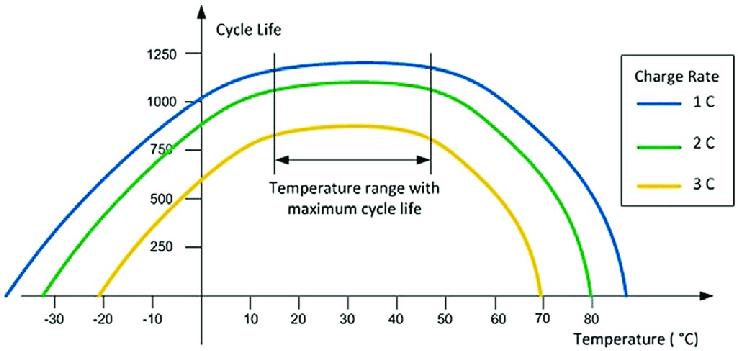Affiliate links on Android Authority may earn us a commission. Learn more.
How to maximize battery life: Charging habits and other tips
Most of us — casual users and enthusiasts alike — are forever searching for smartphones with the longest battery life. And while fast charging keeps us topped up every day, the absence of replaceable batteries means eventually, the lithium-ion cells enclosed in our phones are going to age and deteriorate, making it harder to maximize battery life.
If you’ve held onto a phone for a couple of years, you’ve probably noticed the battery doesn’t seem to last as long as it did when your handset was brand new. Four or five years down the line, many phones struggle to make it through the day on a single charge. Holding onto a phone even longer can even spell trouble for reliability too as you may face sudden shutdowns.
Unfortunately, battery capacity inevitably declines with age. But that doesn’t mean you can’t do anything to prolong the lifespan of your smartphone’s battery. If you’ve ever wondered what the best way to charge your battery is, here are some scientifically proven tips to maximize battery life.
QUICK ANSWER
If you're in a hurry, here's a quick summary of the best battery life-maximizing tips you should keep in mind:
- Avoid full charge cycles (0-100%) and overnight charging. Instead, top up your phone more regularly with partial charges.
- Limiting your smartphone's maximum charge to 80-90% is better for the battery's health than topping up to completely full everytime.
- Use fast charging and wireless charging technologies sparingly and when your device is cool.
- Heat has the potential to accelerate battery health degradation. Don't cover your phone when charging, and keep it out of warmer places.
- Don't play intensive games, stream videos, or run other intensive workloads while charging to avoid heat and stressing the battery.
Keep reading for a more detailed explanation of what factors will prolong your battery life.
Partial charging is a healthy habit
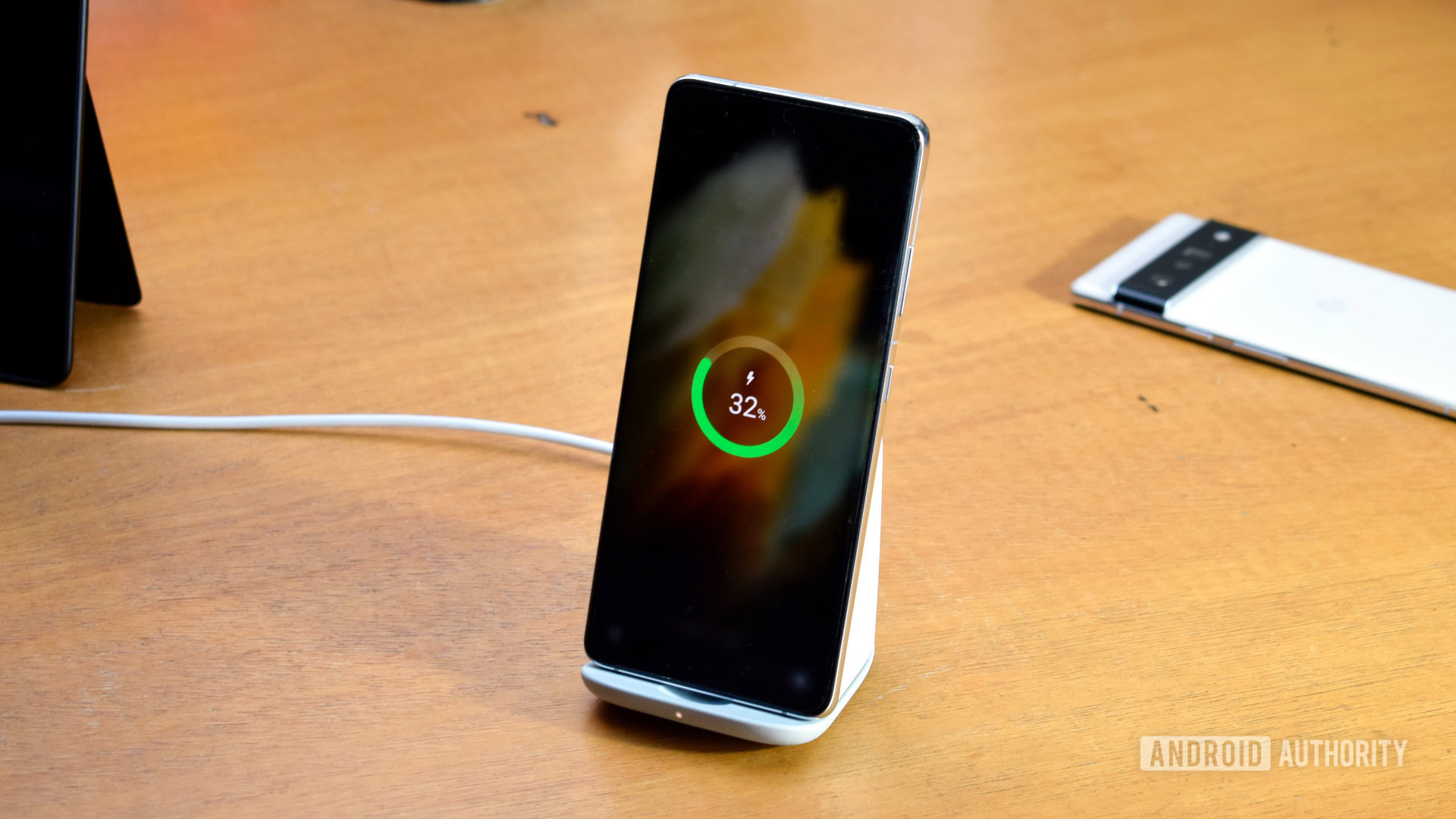
One particularly persistent battery myth is that you need to occasionally fully discharge and recharge to erase “battery memory.” This couldn’t be more wrong for lithium-ion batteries. It’s a leftover myth from lead-acid cells, and it’s pretty undesirable to charge your modern smartphone this way.
According to iFixit, you might want to consider recalibrating your phone’s battery periodically to sync its actual state of charge with what Android’s battery reading displays. You can do this by charging your phone to 100%, keeping it there for a few hours, using it until the battery dies, and then fully charging it again. This process is largely unnecessary for modern, new phones. Still, you may consider doing this if you’ve installed a new battery or own an older phone with questionable battery percentage readings.
No, you should never regularly charge your battery to 100% and then drain it to 0%. While it might be necessary in some rare circumstances (for instance, for calibration), it will decrease your phone battery’s lifespan if done daily.
When considering daily procedures, partial charging is just fine for lithium-ion batteries and can benefit cell longevity. To understand why it’s important to appreciate how a battery charges. Li-ion batteries draw constant current and operate at a lower voltage when closer to empty. This voltage gradually increases as the cell charges up, leveling off at around a 70% charge before the current begins to fall until the capacity is full.
Partial charging is just fine for lithium-ion batteries and even has some positive benefits.
Notably, operating at a low voltage is good for a battery’s lifespan, increasing the number of available charging cycles before you start to see a significant reduction in capacity. Roughly speaking, every 0.1V decrease in cell voltage doubles the cycle life, according to Battery University. Therefore, charging up your phone in that 30% to 80% range keeps the voltage lower and might slightly prolong the battery’s lifespan.
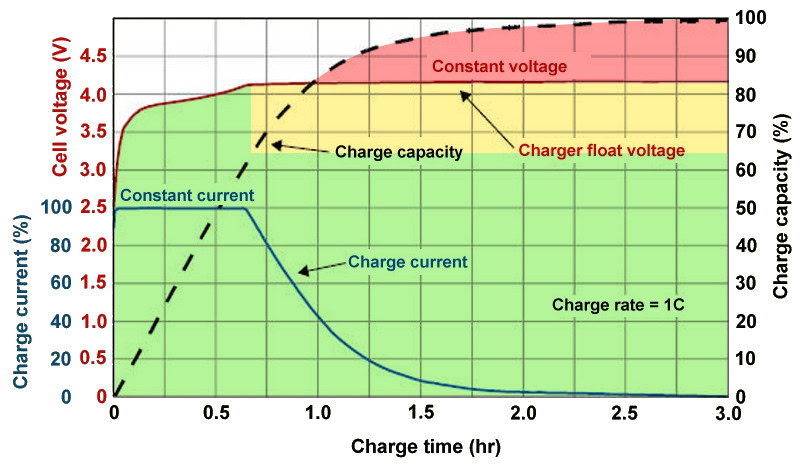
Smaller but regular top-ups are much better for Li-ion batteries than long full charge cycles.
Using up just 20% of your battery between charges isn’t practical, but topping up when you’ve used about half will improve your battery life over the long term, especially if you avoid charging up to full each time, too. The bottom line is that smaller, regular top-ups are better for Li-ion batteries than long full charge cycles.
You should keep your phone charged between 30-80% to maximize the battery’s lifespan.
Remember, to get an accurate idea of your battery’s state of charge, you may need to calibrate it periodically.
Additionally, if you plan to hold your phone in long-term storage, it’s best not to leave it at 100% charge. Instead, Battery University recommends that you store batteries at 40-50% state of charge if you’re planning to store them long-term.
Avoid idle charging
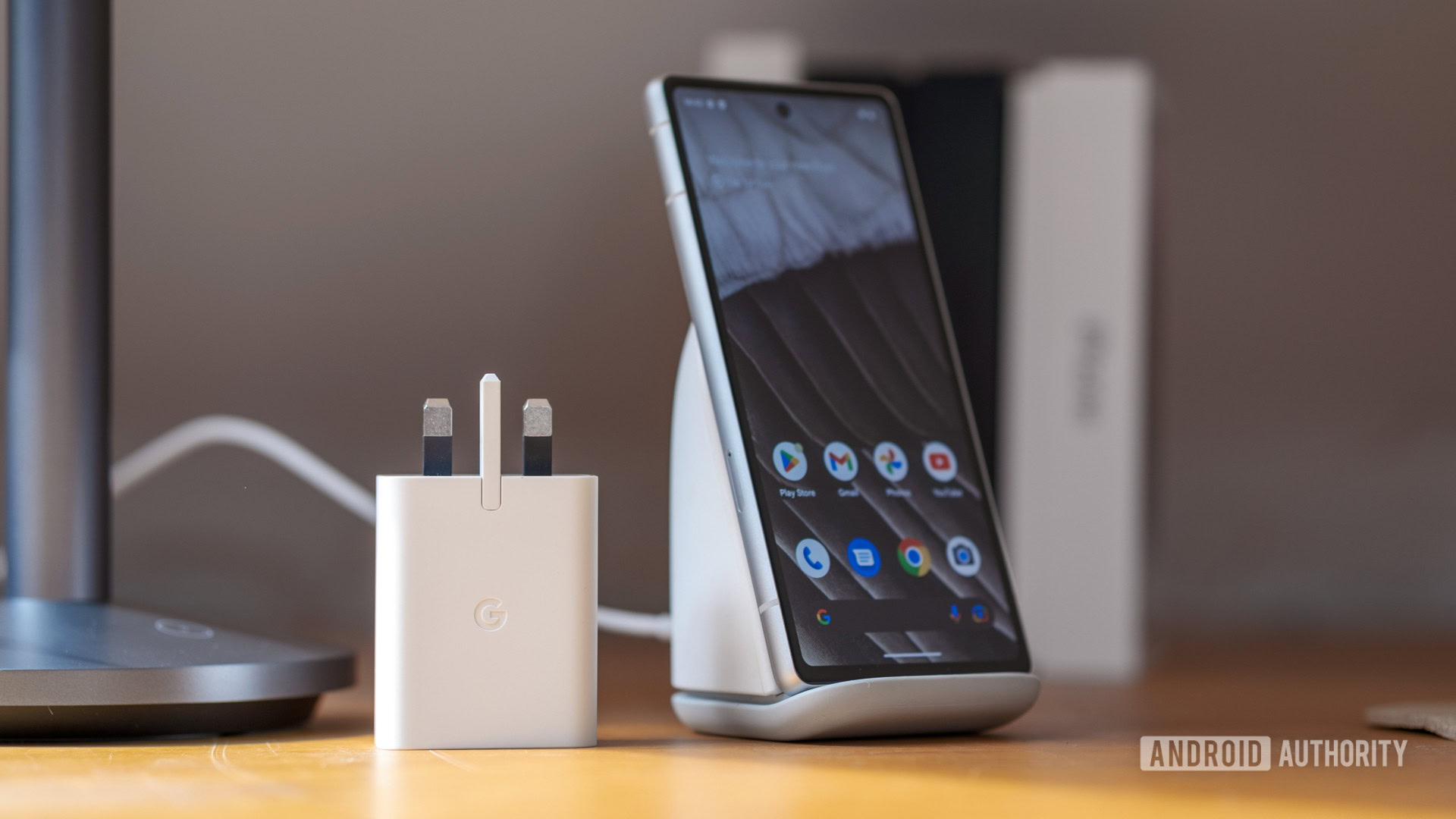
Charging overnight or in a cradle during the day is a very common habit, but it’s not recommended for several reasons (the old “overcharging” myth isn’t one of them). First, continuous trickle charging of a full battery can cause plating of the metallic lithium, which reduces stability in the long term and can, in rare cases, lead to system-wide malfunctions and reboots. Secondly, as mentioned above, it leaves the battery at a higher stress voltage when at 100%. Third, and most important, it creates excess heat caused by wasted power dissipation.
Some phones disable or slow down charging when nearing full capacity. Use these options.
Ideally, a device should stop charging when it reaches 100% battery capacity, only turning the charging circuit back on to top up the battery now and again — or, at the very least, reducing the charging current to very small amounts.
While some phones disable charging once full, many pull up to half an amp and sometimes more from the wall outlet. Turning smartphones off doesn’t make a difference in many cases, either. While this isn’t a massive amount of power, it will stop your phone from cooling down as quickly and will continue to cycle through a small part of the battery, resulting in a mini-cycle.
A final point worth mentioning is parasitic load. This occurs when the battery is being drained significantly at the same time as being charged, such as watching a video or gaming while charging.
Parasitic loads are bad for batteries because they distort the charging cycle and induce mini-cycles — where part of the battery continually cycles and deteriorates faster than the rest of the cell. Worse still, parasitic loads occurring when a device is fully charged also induce higher voltage stress and heat on the battery.
Gaming or watching videos while charging is bad because it distorts charging cycles.
The best way to avoid parasitic loads is to turn your device off while charging. But that’s not really realistic. Instead, it’s best to keep the workload light while the device is plugged in, leaving it idle most of the time. Browsing the web is probably fine. Also, remember to unplug it once the battery is topped up enough.
Heat is the enemy of long battery life
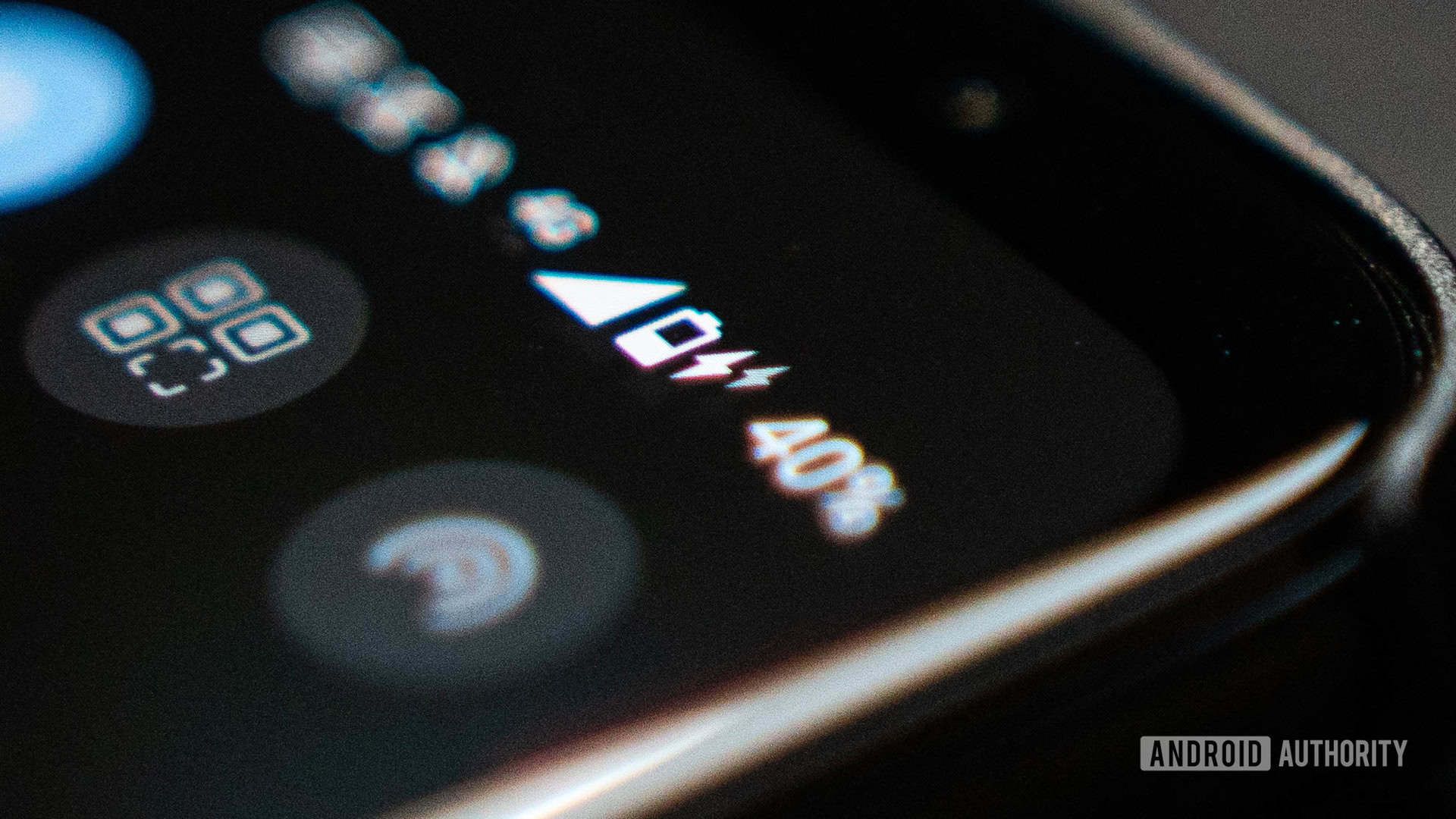
Along with all of the above, temperature is an equally key contributor to longevity and maximizing battery life. It’s arguably the biggest killer of long-term battery health. Like high voltages, high temperatures stress the battery and make it lose capacity far more quickly than when kept at lower temperatures.
A cell kept between 25 – 40 degrees Celsius (77 – 86 degrees Fahrenheit) should retain around 85% to 96% of its capacity after the first year with sensible charging cycles. Raising the temperature regularly above 40°C (104°F) and charging to 100% sees this fall to just 65% capacity after the first year, and a 60°C (140°F) battery temperature will hit this marker in as little as three months.
A battery dwelling in a full state of charge exposed to a high temperature is the worst of all worlds and the number one thing to avoid when charging your phone. So, do not leave your phone under your pillow to charge at night or plug it in on your car’s dashboard on a hot day. And if you use it, wireless charging can impact battery health if you don’t keep the phone cool.
Fast charging technologies are a contentious issue, as the higher current and voltages lead to a hotter device. With capabilities exceeding 60W and pushing to 100W even in smartphones, device longevity quickly becomes an issue. Fast charging is fine for a small top-up, but numerous standards we’ve tested regularly exceed 40°C when charging for more than a few minutes, as shown in the graph below.
Leaving your phone to fast charge up for 5 to 15 minutes won’t lead to major overheating problems, but I certainly don’t recommend using them for a full charge. Instead, you’d be better off using a temperature-aware fast charging solution or switching to a slower charger, especially if you plan to plug your phone in overnight.
On that note, if you’re using a fast charger and your phone is topping up too tardily, you can troubleshoot why your device is charging slowly. This may also be an issue you’ll want to address.
How to maximize smartphone battery health long-term
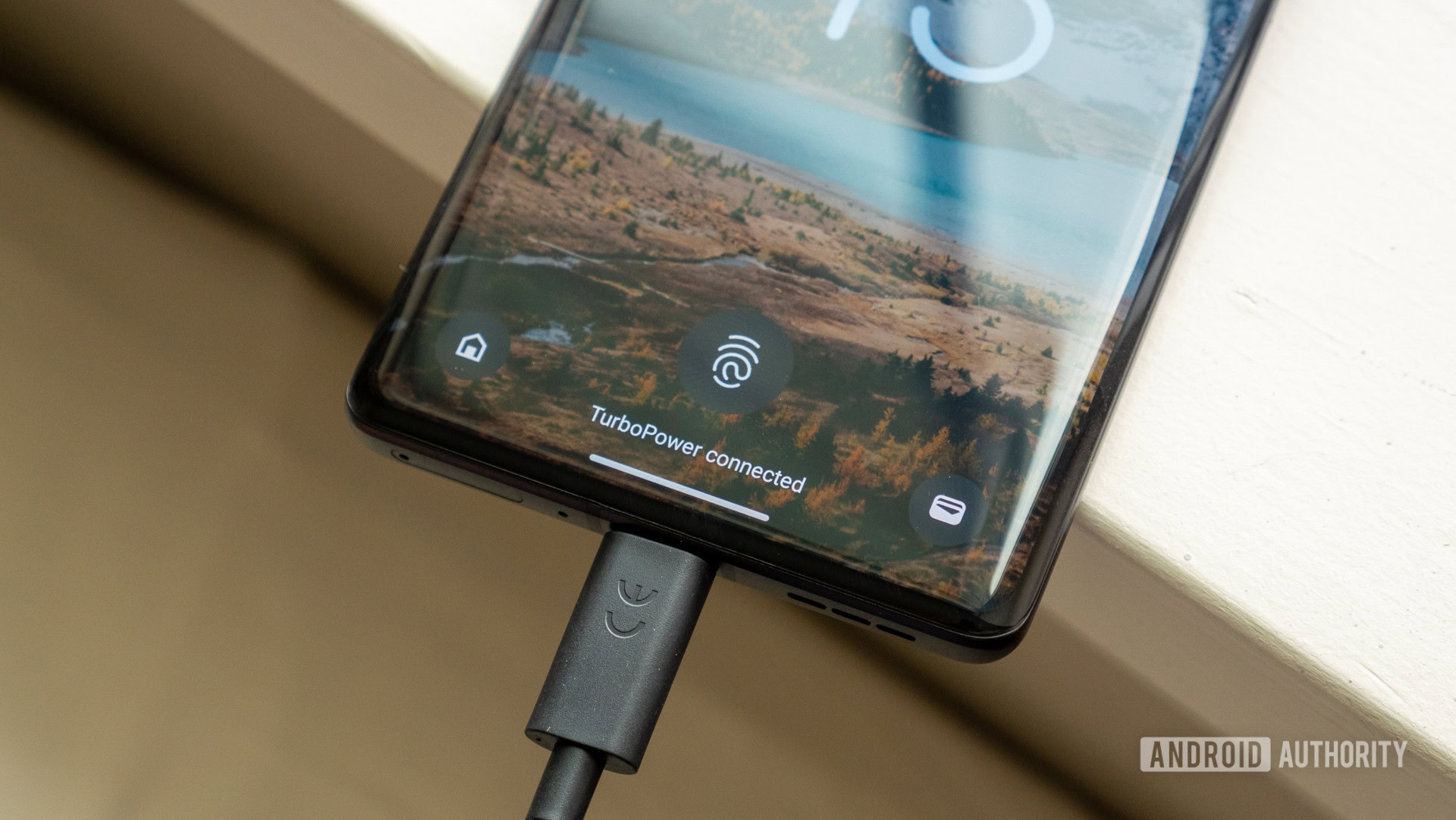
Lithium-ion battery technology is well understood these days, and smartphones are built around our use cases, but bad habits and myths still permeate the public consciousness. While most of these habits won’t massively impact your phone’s battery life in the medium term, the decline in removable phone batteries means we should take extra precautions to maximize battery life and, thus, our smartphone’s longevity.
Smaller regular charge cycles and keeping your phone cool are the key things to remember. However, I should point out that different phone batteries will always age slightly differently depending on how we treat them.
FAQs
You can do several things to boost your battery life. We recommend dimming your screen, adjusting your timeout feature, limiting your push notifications, and using power-saving modes when you don’t need your phone very often.
To maximize battery life, you should charge your phone when it reaches 30% state of charge. This isn’t always possible, however.
To maximize battery lifespan, consider charging your smartphone to 80% state of charge, no more.
We’re in an age where smartphones last longer than ever. Most flagships offer impressive battery life, but the Galaxy S23 Ultra, ASUS ROG Phone 6D, and Google Pixel 8 Pro stand out.
There is no definite time that a 10,000mAh battery will last. Phones with premium features like 5G and a high refresh rate will burn through that much power quicker than a phone with a dimmer, weaker display. However, a 10,000mAh power bank will probably provide enough charge to keep your phone going for a few days without an outlet.
If you want to check your remaining battery life, it’s usually displayed in the top corner of your phone. However, if you want to check on the health of your battery, you can usually head to the Settings app to find your usage trends and the overall health of your cell.
